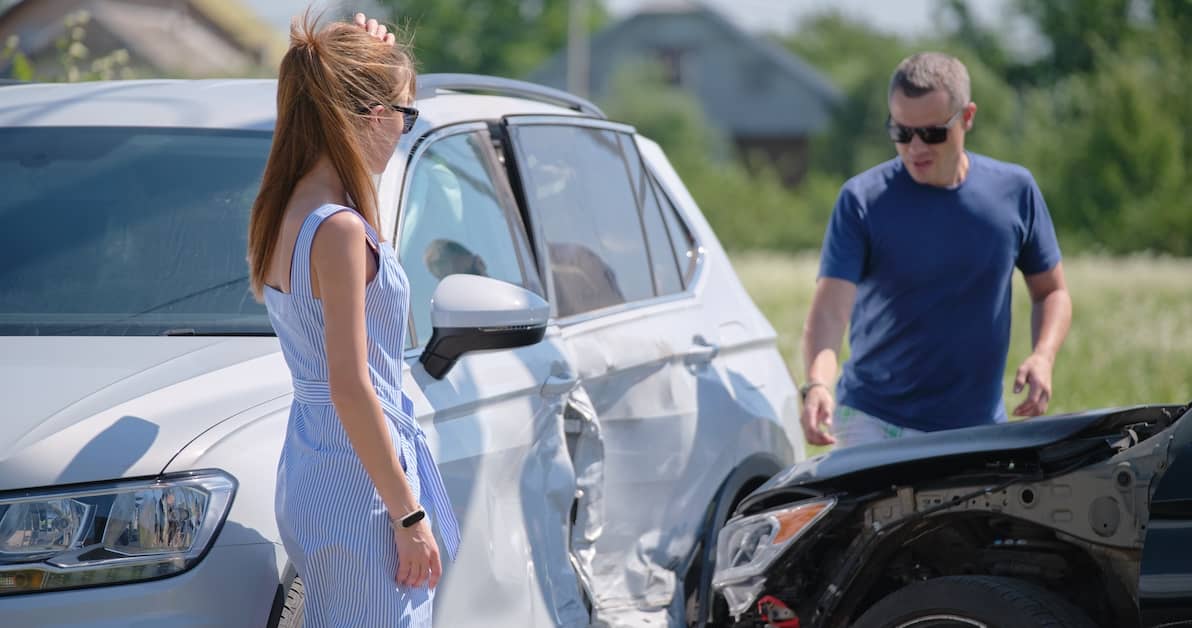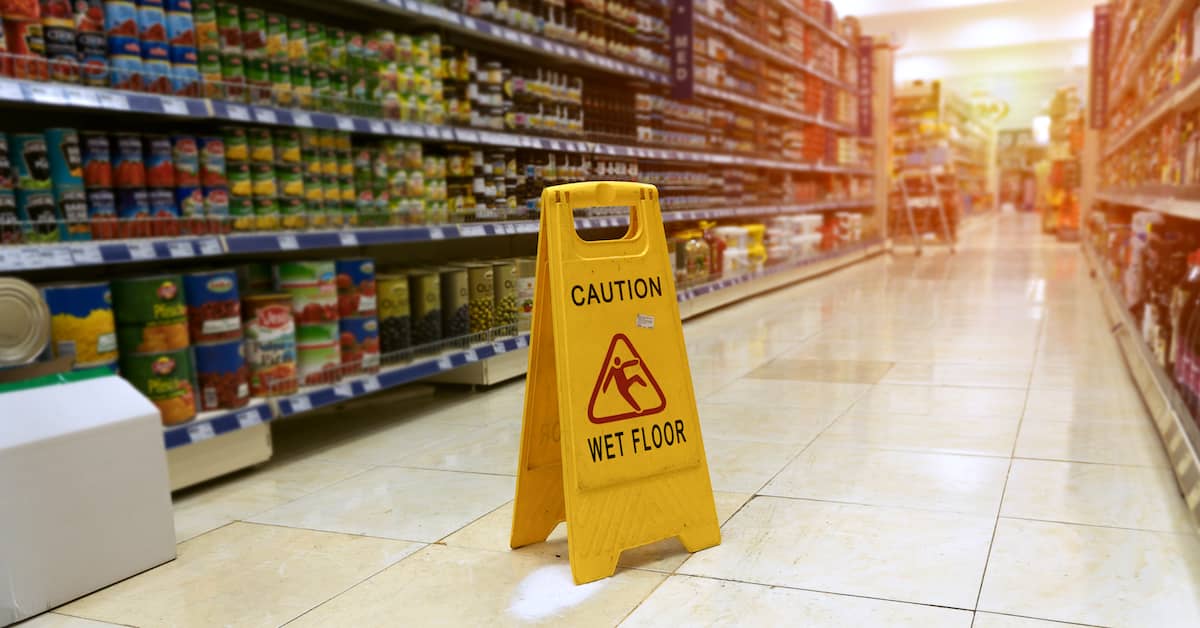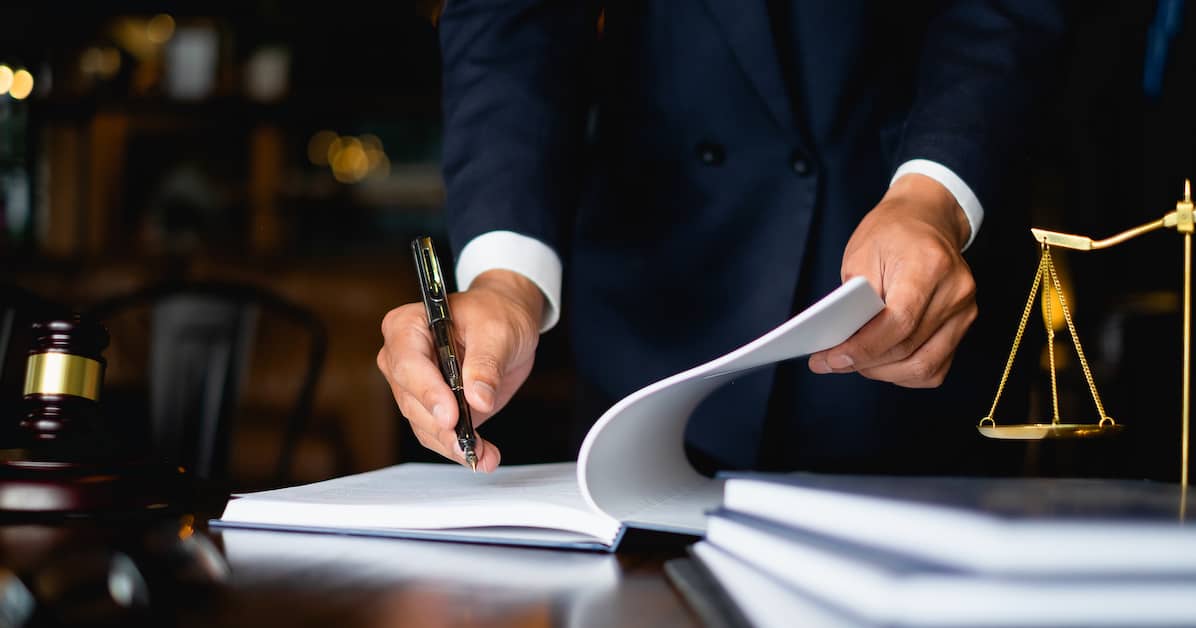If you were involved in a side-impact collision, you may be wondering who is at fault for a T-bone accident in Alabama. T-bone accidents can be extremely dangerous. These accidents tend to involve vehicles traveling at high speeds, and the forces involved can be more than enough to cause serious injuries.
If you have been seriously injured in a T-bone accident, determining who was at fault will be one of the first steps toward assessing your legal rights. If the other driver (or a third party) was at fault, you may be entitled to significant financial compensation—and asserting your legal rights will be essential for ensuring that you do not bear the costs of someone else’s mistake.
Determining Fault in a T-Bone Accident: Who Had the Right of Way?
In most cases, T-bone accidents result from driver negligence. Usually, a driver who is speeding or not paying attention enters an intersection without the right of way—leaving another driver helpless to avoid a collision.
As a result, right of way is a key issue in most T-bone accident cases. Here are three common scenarios:
1. A Driver Collides with the Side of Another Vehicle After Running a Red Light or Stop Sign
This is among the most common scenarios we see. A negligent driver runs a red light or stop sign before T-boning another vehicle that is passing through the intersection with the right of way. In this scenario, it is pretty clear that the driver who ran the red light or stop sign is at fault, and the driver of the other vehicle will have a strong claim for just compensation in most cases.
2. A Driver Gets T-Boned After Running a Red Light or Stop Sign
This is the opposite of the scenario we just discussed. In this situation, the driver who got hit is the one who violated the law. Determining fault in this situation can be more challenging. If the driver who had the right of way had an opportunity to avoid the collision (i.e., by braking or swerving) and failed to do so, it is possible that both drivers could be deemed partially at fault in the crash. However, if there was nothing this driver could do to avoid the collision, then the driver who ran the red light or stop sign would likely still be deemed 100% at fault even though he or she was technically the one who got hit.
3. A Driver Makes a Left-Hand Turn Without the Right of Way
The third common T-bone accident scenario involves a driver making a left-hand turn without the right of way. This can happen at controlled intersections as well as intersections and major road crossings without traffic signals or stop signs. This is another scenario where the driver without the right of way is the one who gets hit—and the fault analysis is similar to the one we just discussed.
Other Potential Factors in T-Bone Accidents
While driver negligence is a common factor in T-bone accidents, there are several other factors that can cause (or contribute to causing) these dangerous collisions as well. Some examples of these other factors include:
- Poorly timed or malfunctioning traffic signals
- Missing stop signs
- Inadequate road markings
- Signs, posts, and shrubbery that limit drivers’ visibility at intersections
- Brake failures and other vehicle-related issues
When investigating a T-bone accident, it is critical to evaluate all possible causal factors. If a factor other than driver negligence caused (or contributed to causing) the accident, then a third party could be deemed at fault (or partially at fault) in the collision. For example, if a traffic signal was poorly timed or malfunctioning, the government agency or contractor that is responsible for installing and maintaining the traffic signal could be liable. Or, if a driver entered an intersection without the right of way because his or her brakes failed, the manufacturer of the driver’s vehicle or a repair shop that worked on the vehicle could be deemed at fault in the crash. Depending on the circumstances involved, there could be several other possibilities as well.
In all cases, one of the keys to determining fault is to conduct a comprehensive investigation as soon as possible. With this in mind, if you need to know your legal rights after a T-bone accident, you should talk to a lawyer right away.
Speak with an Alabama Car Accident Lawyer for FREE
Were you seriously injured in a T-bone accident in Alabama? If so, we encourage you to contact us promptly. You may be entitled to recover compensation for your physical, financial, and emotional losses. The experienced car accident lawyers at Morris, Andrews, Talmadge & Driggers, LLC can explain your rights and legal options.
Contact us today online or at (844) 654-6228 for a FREE case evaluation. We welcome clients from across southern Alabama and the Tri-State Area, including Dothan and Mobile.




